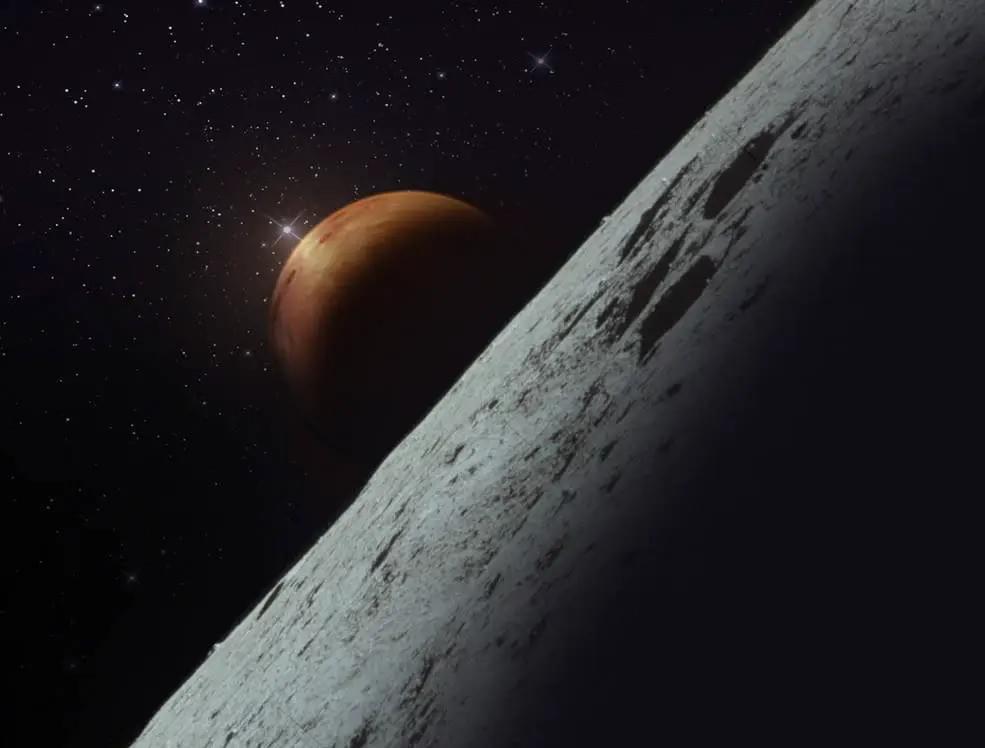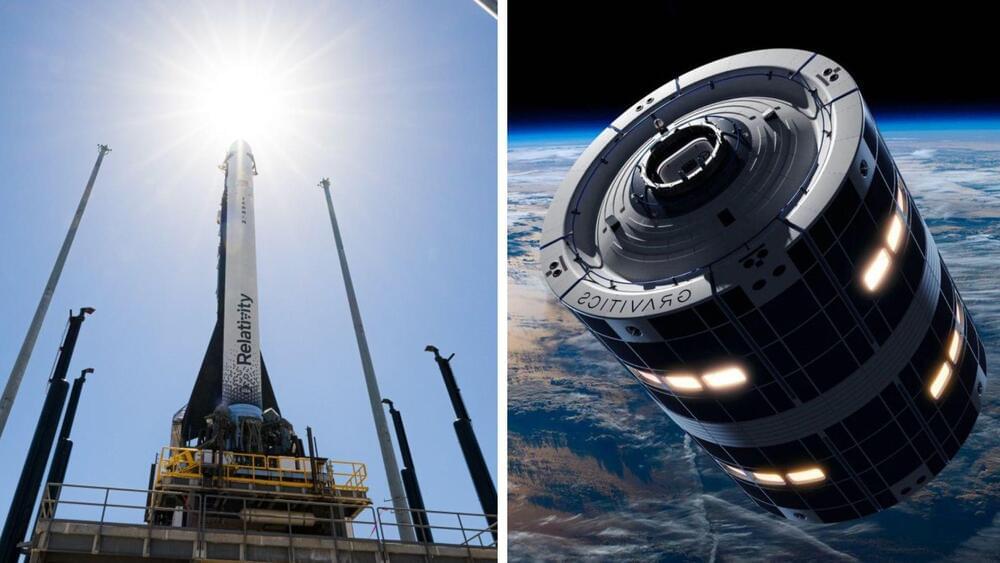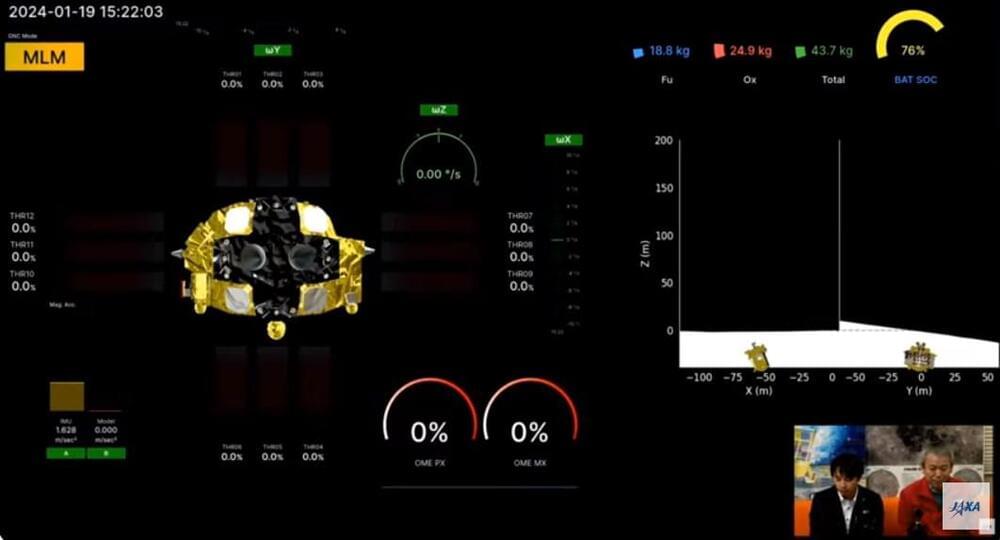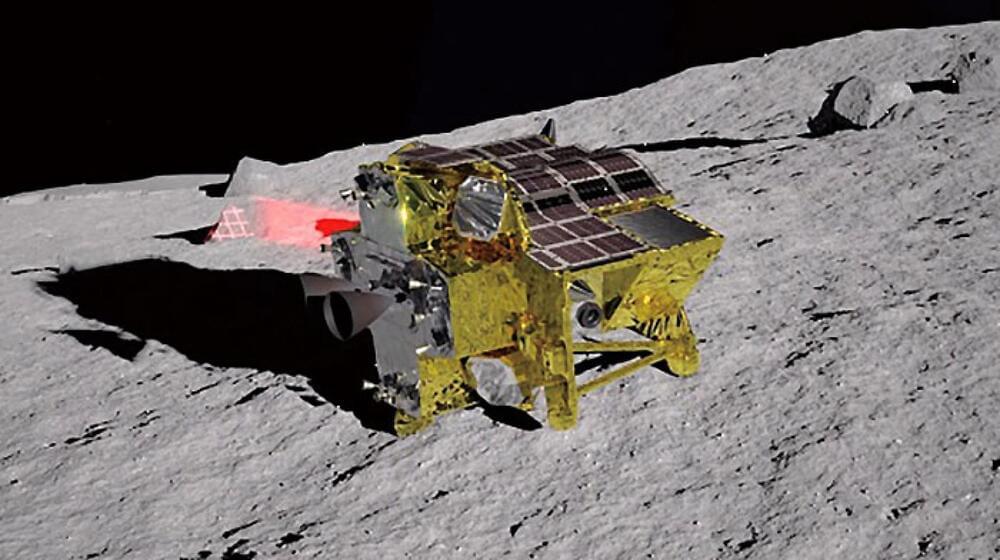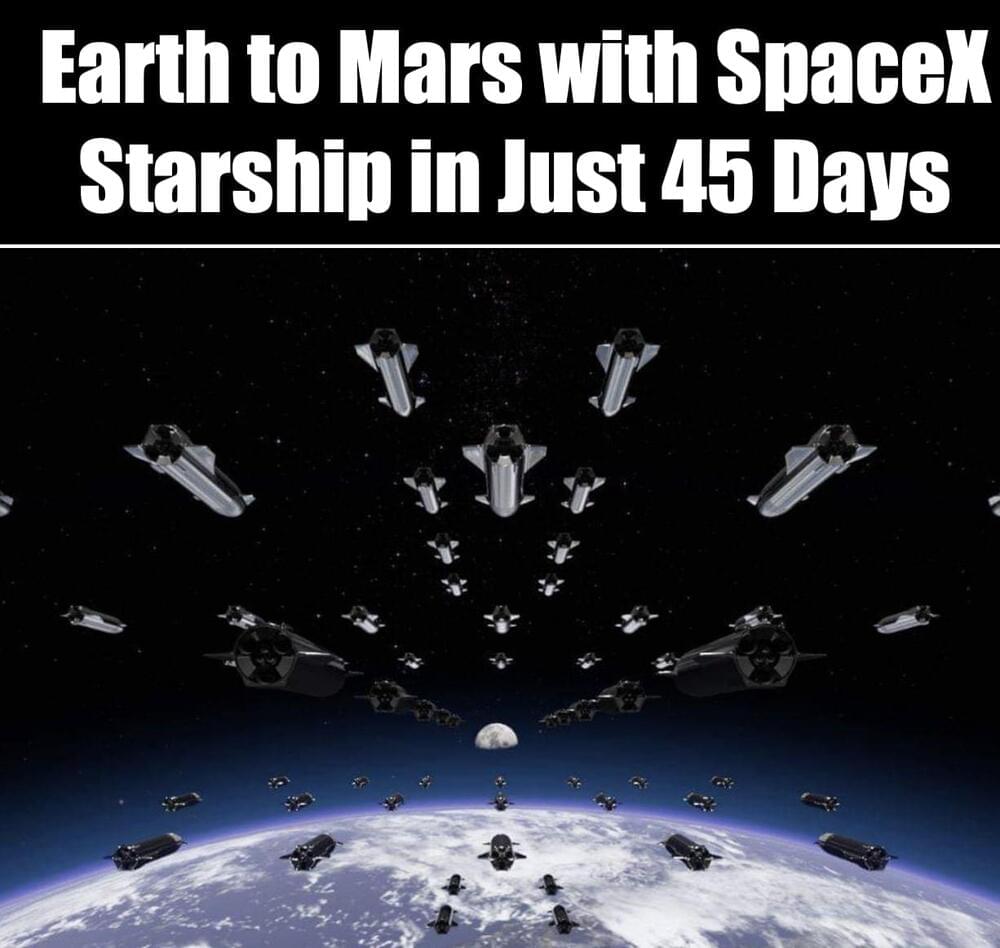Jan 24, 2024
DARPA Partially Funded Quantum Space Drive Orbital Test
Posted by Dan Breeden in categories: materials, space travel
Richard Mansell, Chief Executive Officer at IVO Limited gave the reasons he is optimistic about the Quantum Space Drive tests that will be done in orbital microgravity.
IF the orbital test works then it will lead to interstellar travel and shrinking it down would give material that would have anti-gravity like effects. We would spend the money to make nanocavities so that we could have propellantless thrust for floating cities. All of space and propulsion related science fiction would become possible within about three decades short of faster than light. This drive is in orbit now for a few months. I think DARPA gave them more money to conclusively prove if it works or not. All of the ground tests show it might work. But if it proves out then we first get 1,000 times better than a hall effect thruster but with no fuel limit. No fuel is used. So long as you have power, solar or nuclear the drive keeps working. So nuclear fuel supply for decades then thrust for decades. The theory proves out, then we make nanocavities which could act like antigravity then we get 1G or even 3G thrusters in space. This would be the Expanse TV show tech.

